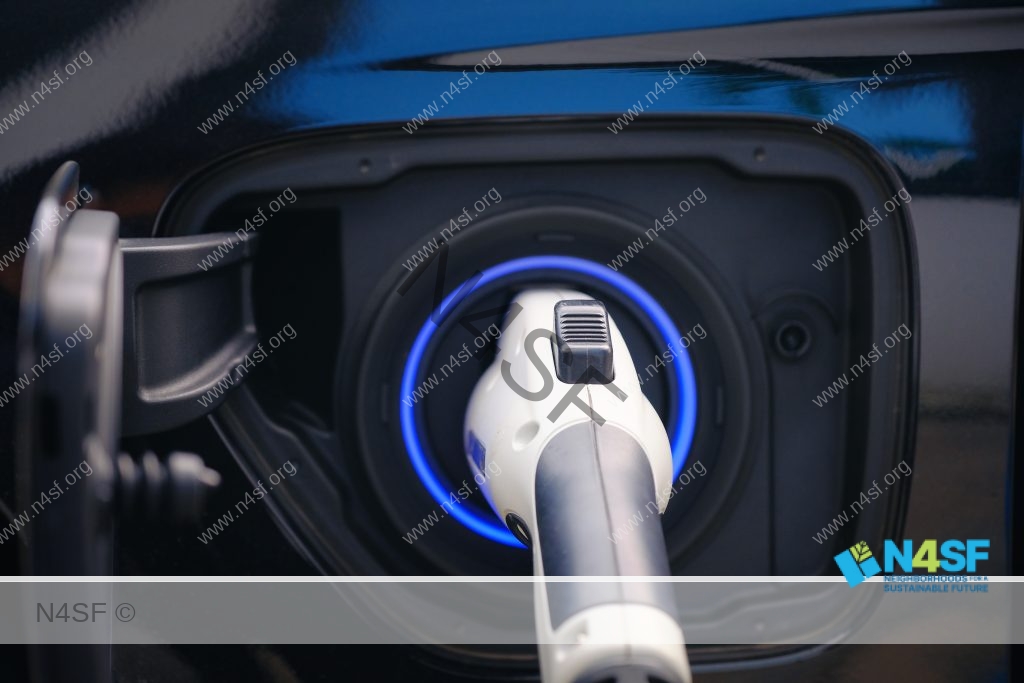As cities in the United States strive to become more sustainable, there is a growing debate about the role of automobiles in creating a sustainable future.
On one hand, automobiles provide a convenient and efficient mode of transportation, but on the other hand, they are a significant contributor to greenhouse gas emissions and air pollution.
In this blog post, we will explore the role that automobiles play in creating a sustainable future in cities in the United States of America.
The Impact of Automobiles on the Environment Automobiles are a significant contributor to greenhouse gas emissions in the United States.
In 2019, the transportation sector was responsible for 28% of greenhouse gas emissions in the United States, with the majority of those emissions coming from automobiles.
In addition to greenhouse gas emissions, automobiles are also a significant source of air pollution, which can have serious health consequences for residents of cities.
The Role of Electric Vehicles Electric vehicles are one solution to reducing the environmental impact of automobiles.
Electric vehicles produce no tailpipe emissions, which makes them a cleaner alternative to traditional gasoline-powered vehicles.
As battery technology improves, the range of electric vehicles is increasing, making them a viable option for many drivers. Many cities in the United States have implemented incentives for electric vehicles, such as free parking and access to carpool lanes, to encourage their use.
The Importance of Sustainable Transportation While electric vehicles are a step in the right direction, sustainable transportation goes beyond just the type of vehicle used.
Sustainable transportation includes public transportation, cycling, and walking.
Cities in the United States can promote sustainable transportation by investing in public transportation infrastructure, creating bike lanes and pedestrian-friendly areas, and encouraging mixed-use development, which puts essential services and amenities within walking distance of residential areas.
The Need for Reduced Automobile Use Ultimately, the most significant way to reduce the impact of automobiles on the environment is to reduce automobile use.
This can be achieved by promoting sustainable transportation options, designing cities with walkability and connectivity in mind, and creating car-free zones in dense urban areas.
By reducing automobile use, cities can significantly reduce their carbon footprint, improve air quality, and create a more sustainable future for their residents.
In conclusion, automobiles have both positive and negative impacts on creating a sustainable future in cities in the United States.
While electric vehicles offer a cleaner alternative to traditional gasoline-powered vehicles, sustainable transportation options such as public transportation, cycling, and walking are equally important.
Ultimately, reducing automobile use is essential for creating a sustainable future in cities in the United States.
References:
- Greenhouse Gas Emissions from Transportation. (2021, January 26). Retrieved from https://www.epa.gov/greenvehicles/greenhouse-gas-emissions-transportation
- Electric Vehicles – U.S. Department of Energy. (n.d.). Retrieved from https://www.energy.gov/eere/electricvehicles/electric-vehicles
- Sustainable Transportation – U.S. Department of Energy. (n.d.). Retrieved from https://www.energy.gov/eere/transportation/sustainable-transportation
- Can Electric Cars Save the Planet? (2020, September 11). Retrieved from https://www.nrdc.org/stories/can-electric-cars-save-planet
- Sustainable Transportation in Cities – World Resources Institute. (n.d.). Retrieved from https://www.wri.org/our-work/topics/sustainable-transportation-cities



